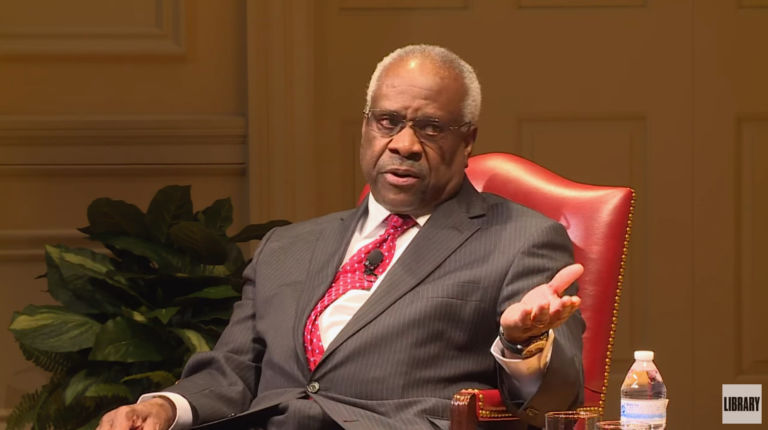This weekly newsletter, focused on environmental issues, highlights relevant analysis done by the John Locke Foundation and other think tanks, as well as items in the news.
1. America’s Energy Future: Look at Great Britain
London’s Daily Mail is reporting that new subsidies for nuclear and wind power, which are necessary for Britain to meet its CO2 emission targets, will add about $786 a year to Britons’ electric bills over the next decade. The costs are what economists call deadweight losses to the economy. That is, they are a drain on resources and incomes with no offsetting benefits.
In North Carolina we face a similar situation with Senate Bill 3, the state’s renewable energy and energy "efficiency" standards. Indeed, all of the U.S. is in the process of going down this same road of deadweight economic losses with the EPA’s new regulations on CO2 emissions.
For a sense of what the deadweight loss of SB3 might be to North Carolinians, see research done by Suffolk University’s Beacon Hill Institute, The Economic Impact of North Carolina’s Renewable Energy and Energy Efficiency Portfolio Standard.
2. Speaking of Deadweight Loss
Many federal subsidies to inefficient and costly renewable energy companies (euphemistically called "clean energy" or completely stupidly called "green energy") are scheduled to expire January 1, but according to The Wall Street Journal, Democrats want to tuck these subsidies into the compromise legislation on extending the current tax rates rather than let them increase as they are scheduled to do.
According to the Journal, the industry in calling for extension of the subsidies is essentially admitting that they are little more than welfare recipients (no insult intended to people on welfare) who depend entirely on the largess of the state for their existence: "The American Wind Energy Association warned in a Tuesday press release that a refusal to extend the grant program could jeopardize 15,000 jobs in the sector."
Of course, that means that money and resources will be released to other industries that do not need the taxpayer largess to survive. There is no telling how many jobs in the real private sector these subsidies are eclipsing, but it is most certainly more than the number they are creating in the pseudo private sector of renewable energy.
3. Nuclear Power Also on the Public Dole
The New York Times is reporting that the nuclear industry is also not up to competing without reaching into the taxpayers’ pockets. According to the Times, "The federal aid now in place for new nuclear plants is far from sufficient for the so-called ‘nuclear renaissance’ that backers are seeking, a panel made up of members of Congress, high-ranking federal officials and leaders of major nuclear companies agreed on Tuesday." (What a shock — now the wind industry rent seekers and the nuclear industry rent seekers agree; they can’t make it on their own.)
The Times further notes the culprits keeping nuclear from being competitive are those pesky natural gas prices, which are low and seem to be declining as new sources of gas are being discovered around the world. Apparently the Department of Energy was counting on cap-and-trade to make nuclear really viable — not by making nuclear more efficient, but by making its fossil-fuel competitors more expensive by burdening them with new regulations. (One way to win a race is to tie down your competition before the race and strap weights to their ankles. Let’s hope that the EPA doesn’t do cap-and-trade through extra-legislative means.)
Oddly enough, though, as inefficient as nuclear power is, it still doesn’t compare with the inefficiencies of solar power. See my colleague Daren Bakst’s research on this topic.


